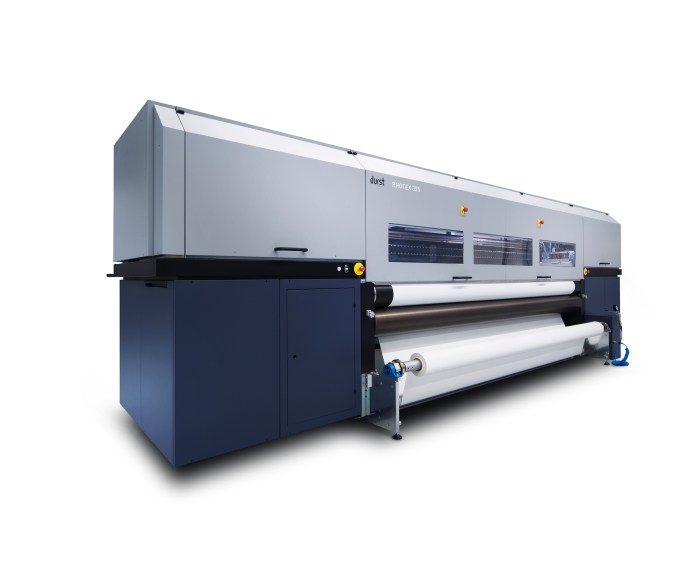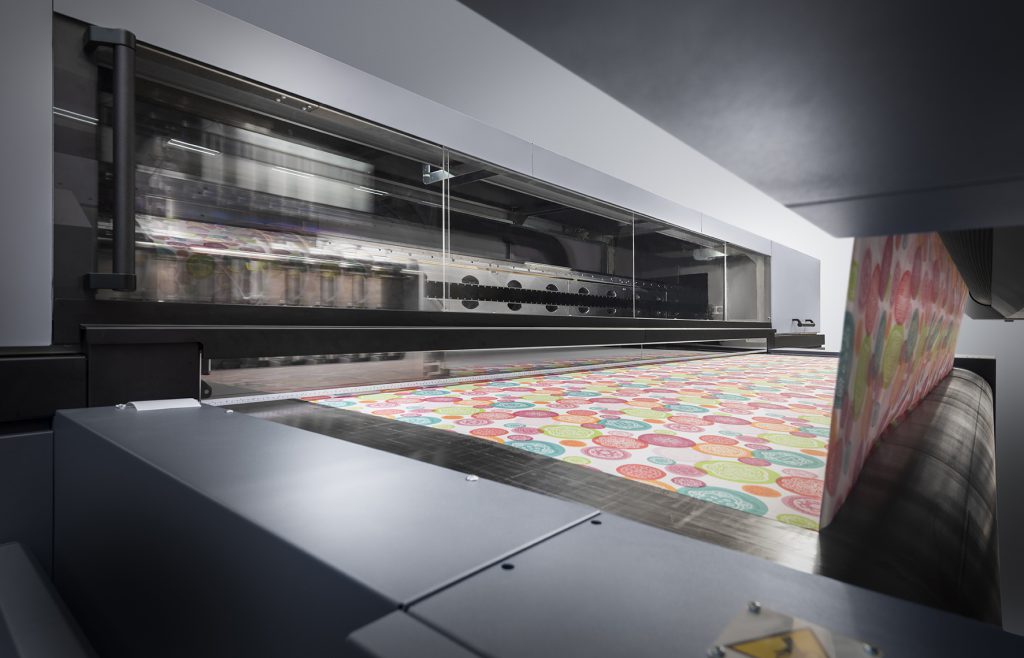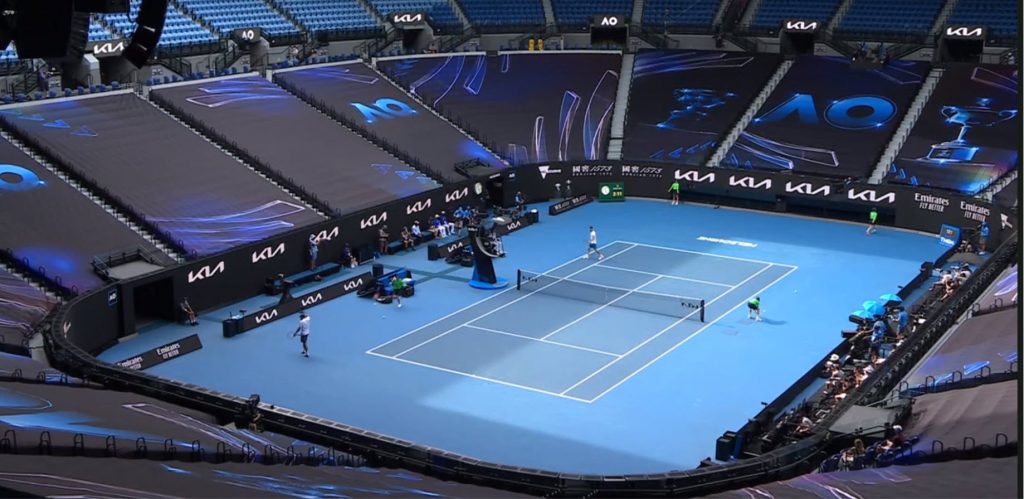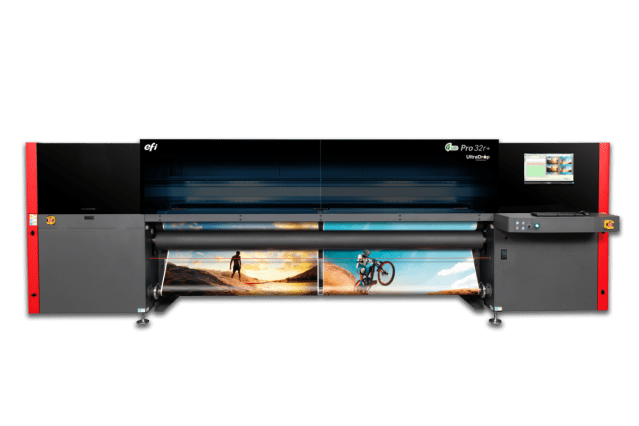
This article was first published as part of the Technology Focus in the April 2021 issue of ProPrint magazine.
Whether it is large-scale decor or the very personal world of fashionwear, digital printing technologies have opened the door for Australia’s print providers to exciting new opportunities in fabric printing.
Matt Ashman, managing director of Durst Oceania, says on-demand textile printing is a booming market.
“The environmental impact of only producing the actual amount of textile you need is huge, and in addition, the reduced shipping costs shrink a company’s carbon footprint. Finally, the time to market is so short, it enables designers and retailers to order and get garments in a matter of weeks, rather than months,” Ashman told ProPrint.
While the expo sector was hit hard by the COVID pandemic, government stimulus for the trade show and exhibition sector is beginning to show a significant recovery, Ashman says.
His view is generally that high-volume dye-sub printing is transforming the home textile and crafting sectors, as well as fast fashion and this is being accelerated by ecommerce sales structures.
Ashman points to Durst installations in Europe and the US that have enabled print providers to remain productive during the pandemic. German company Lillestoff produced an array of COVID-related product.
It uses its Durst Alpha 190 to print personalised, illustrated, child-friendly masks, DIY craft kits for schoolbags and fabric-based colouring books. Importantly, the company has reduced its output by 60 per cent and is focusing only on items in immediate demand.
Web-based customers and resellers can see designs ahead of printing and select substrates, including Durst’s popular certified range of materials. The Alpha’s wide colour gamut produces dynamic colours popular with printers and their customers, and wastewater retains high levels of purity.
In the US, digital fabric print company, Spoonflower, uses a Durst Alpha 330 for grand-format printing with a focus on the home décor space. The machine’s dual-roll capability keeps turnaround tight.

But it was right here at home in Australia that Durst technology was perhaps able to make its greatest impact by rescuing a visual problem that popped up at this year’s Australian Open in Melbourne.
With strict curbs on tennis fans at Melbourne Park for a fair portion of this year’s Open, large sections of the Rod Laver Arena had to remain empty. While that was the COVID reality, Tennis Australia was looking for a more positive, cosmetic appearance, and that was where Melbourne wide-format house Vivad became involved.

Vivad has existed since 2000 but began its connection with Durst in 2011, when it acquired a Durst 500R and entered the world of UV-cured printing, a major step up from solvents. In 2017, increased demand saw Vivad invest in a Durst Rhotex 325 which prints direct to fabrics or to paper for paper transfer. Then in 2019, Vivad commissioned its second 5m-wide Durst, a 512R LED roll-to-roll device for added quality and speed.
Tennis Australia wanted the empty seating bays covered and this meant over 4,600 square metres of polyester fabric needed to be printed. The dye-sub project meant 1,500 linear metres of fabric was printed and stitched in just over 24-hours at Vivad’s Campbellfield facility in Melbourne.
“The Vivad job is just awesome,” says Ashman.
“It shows textile is on the resurgence after COVID.”
Comment below to have your say on this story.
If you have a news story or tip-off, get in touch at editorial@sprinter.com.au.
Sign up to the Sprinter newsletter

